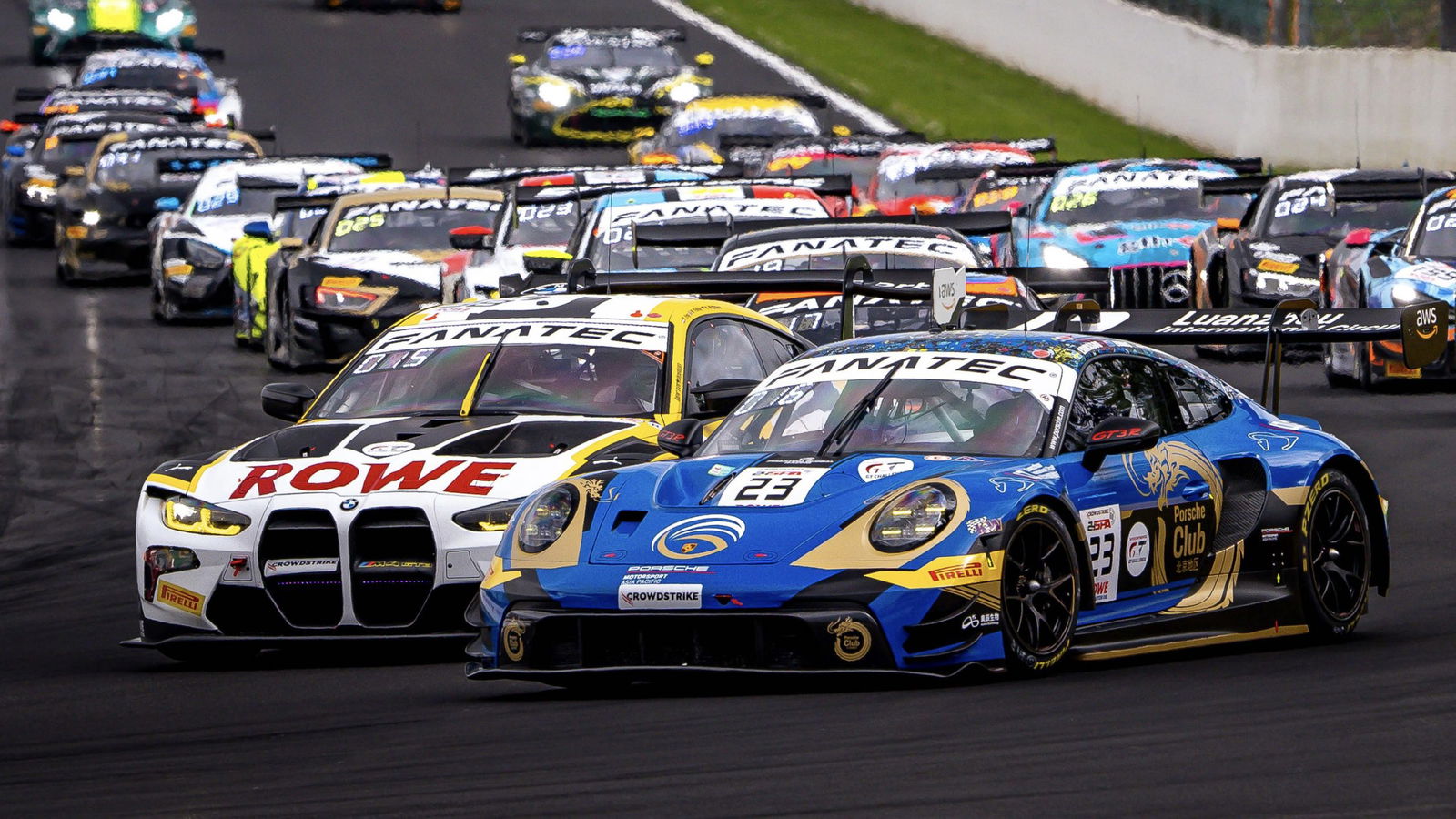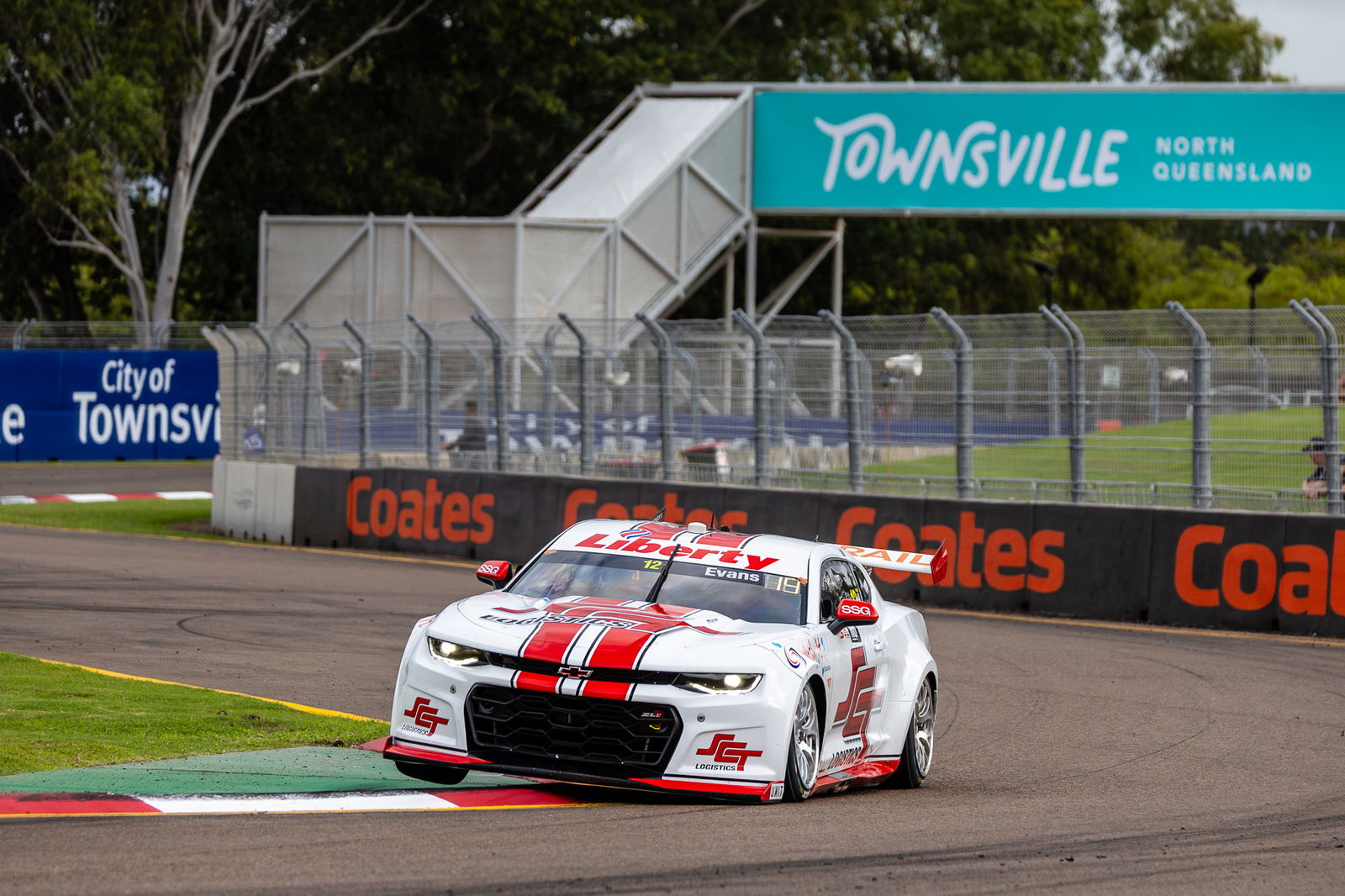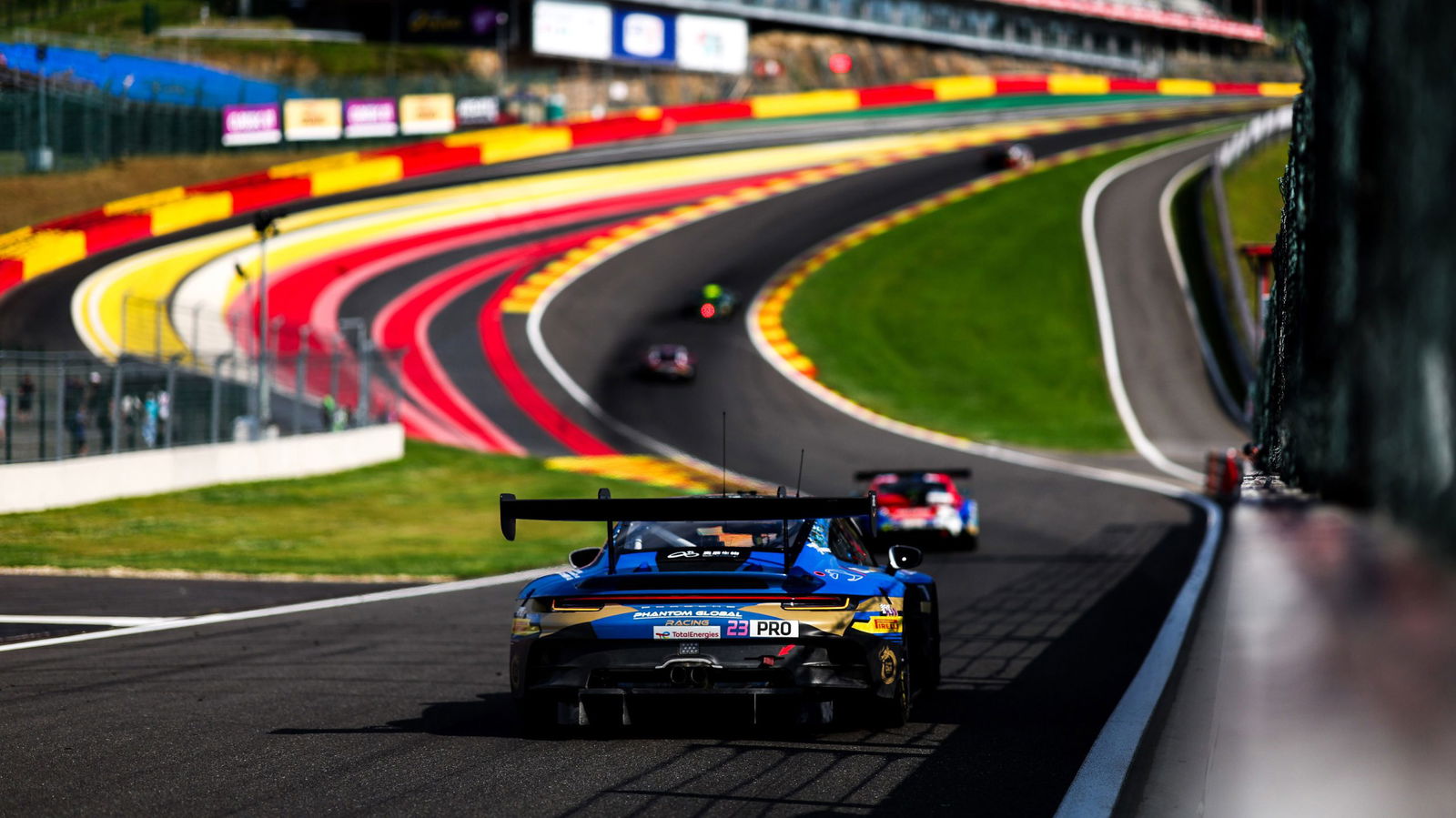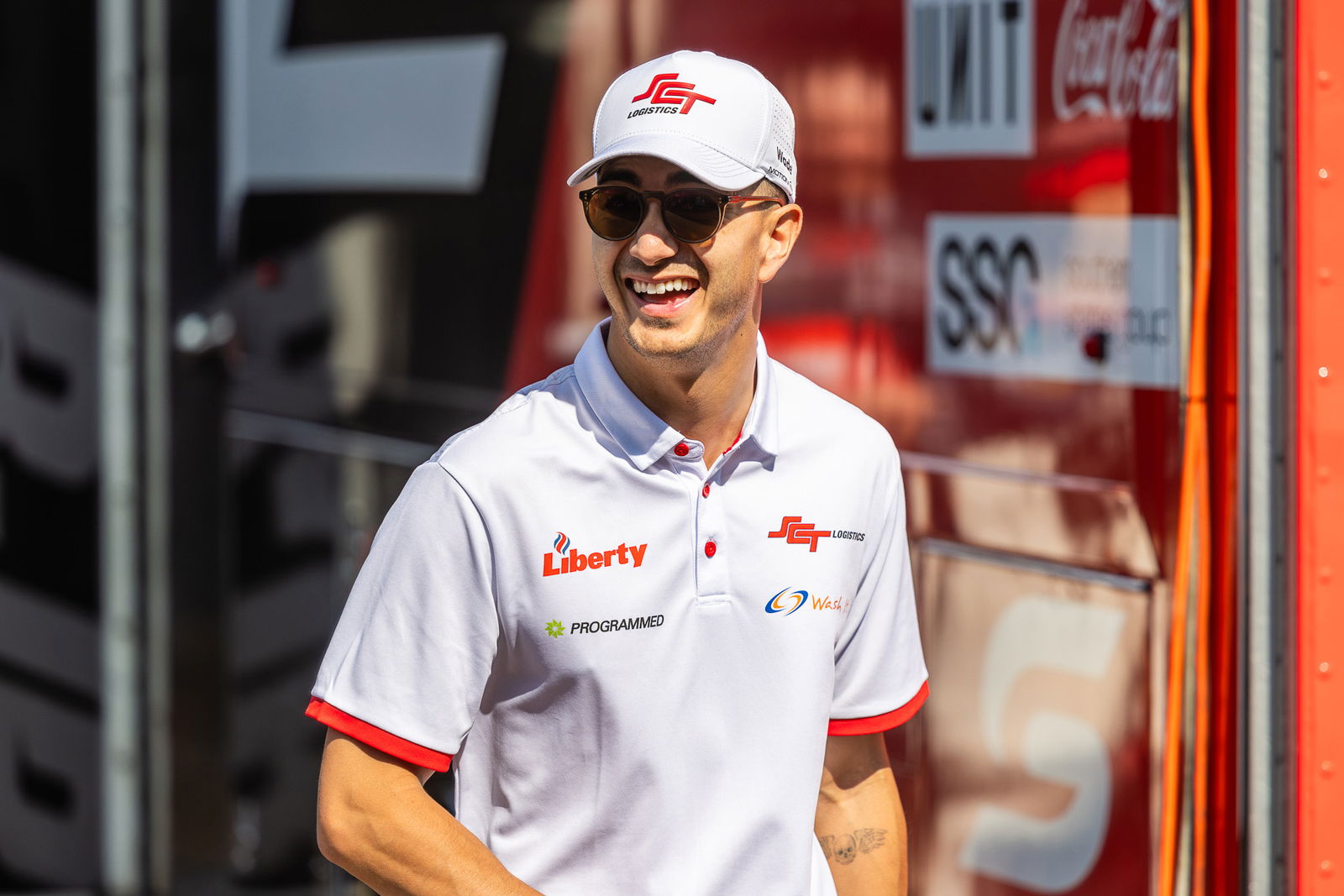

After rolling out an all-new compound at Queensland Raceway last month, Dunlop will conduct its second tyre test at Sydney Motorsport Park after Supercars practice on Friday under lights.
The new tyre – which could be raced in 2025 – is said to offer a similar level of grip as the current soft compound but degrades less.
Tyres have long been a bone of contention. In the last decade, Supercars has struggled to find an ideal set-up between car and rubber.
Dunlop’s Supercar tyre has been described as “peaky” by some drivers, meaning it has a small operating window.
Fundamental to the current compounds is an inability for drivers to push hard for extended periods of time.
Instead, most under-drive to nurse the tyre between pit stops and make sure it doesn’t “fall off the cliff” and become unusable.

Speaking with Speedcafe, experienced GT3 driver and Porsche Carrera Cup Australia champion Jaxon Evans said the Dunlop tyre is “not much fun” and doesn’t offer much for drivers.
The advent of Gen3 had hoped to go some way to resolving aerowash concerns – and it achieved that to a degree, but tyres still have a propensity to overheat in dirty air.
“It’s still a pretty big issue, especially in the warmer races,” said Evans.
“Like Darwin, it wasn’t a super long race. Even in my position, I was driving up to the back of someone and I had a tyre advantage because we took four tyres instead of two – but as soon as I got to the back of them it felt like I hit a brick wall.”
The Brad Jones Racing driver said the current Dunlop is unforgiving in so much that if the tyre gets too hot too quickly it doesn’t recover.
Its peak performance is also short-lived. In Evans’ experience at Townsville, there were diminishing returns over the course of one lap in qualifying. A second lap on the same set of tyres in his opinion offered little gain.
Although Evans’ experience was that the tyre would not offer much if any gain on the second lap, the likes of Chaz Mostert and Walkinshaw Andretti United were able to extract performance on their second lap.
That’s still in stark contrast with GT3 tyre where, in qualifying, drivers need two or three laps to get up to the ideal operating window before setting their best lap thereafter.

Evans said one benefit of tyres used in GT3 racing is that most compounds are forgiving enough that you can push on them and not suffer massive drop-off.
“We speak about it a bit amongst like my teammates because obviously I’m just asking questions trying to learn through their own experiences,” said Evans.
“We all came to the same conclusion that you’re trying to manage the tyre. Every now and then, depending on the way the race is running, your engineer will ask you to give them a little bit more lap time. You try to squeeze a bit more out and you could go two or three tenths faster for the next two laps, but then all of a sudden you feel like you’ve fallen off the edge of the cliff.”
Ultimately, Supercars and Dunlop has to decide what product it wants. As it stands, Evans believes everyone in the field babies their tyres. He would rather see everyone pushing, which would create more mistakes and more drama.
“I’ve heard people say if they create a tyre that doesn’t deg as much as this one, then the racing is going to be boring because everyone’s on the same strategy. But then I hear the same people say we can’t drive hard because the tyre disappears,” Evans explained.
“So I understand it’s a difficult position for Dunlop to be in because in the end someone’s going to be upset or someone’s going to think it’s the wrong decision.
“For me, it’s the easiest way to make the racing better and more unpredictable. The category has some of the best drivers in the world. Everyone can peddle a race car that’s in there, but when everyone’s out there driving to a number or under driving, it’s pretty boring.”

Evans’ comments come with the caveat that GT3 racing offers driver aids like traction control and ABS. Supercars has no driver aids and the cars have significantly more horsepower and torque, which does little to help tyre life.
He also admits he’s a relative novice but understanding the tyre has been the biggest challenge since joining the championship.
At the moment, the #12 pilot said races are relatively predictable. with drivers in a race to the pit lane.
“We’re stuck at this crossroad where if you can’t push the tyre for more than a lap or if you’re starting the race and starting every stint by managing tires, you don’t see the drivers really going fighting over certain positions or defending hard,” said Evans.
“They know that once they concede the position, they’ve sort of been hit with a double loss. They’ve lost the position but they’re also probably now vulnerable to falling off later on in the stint.”
So what’s the solution? Evans knows what he would like.
“For me, it wouldn’t be about getting rid of the tyre deg, it would be about having a compound that still offers a similar grip level but doesn’t force us to underdrive when we’re on heavier fuel or a tyre that’s just more forgiving in general,” he explained.
“It seems like most people now go for an undercut because they know the track position is better because it’s easier to defend than it is to attack and use more tyres to try and get past someone.
“You can just place the car a bit easier. It does look a little bit falsified with the racing. It looks like there is good racing, but I feel like it’s still a pretty easily predicted script if someone dives into the lane early.”





















Discussion about this post